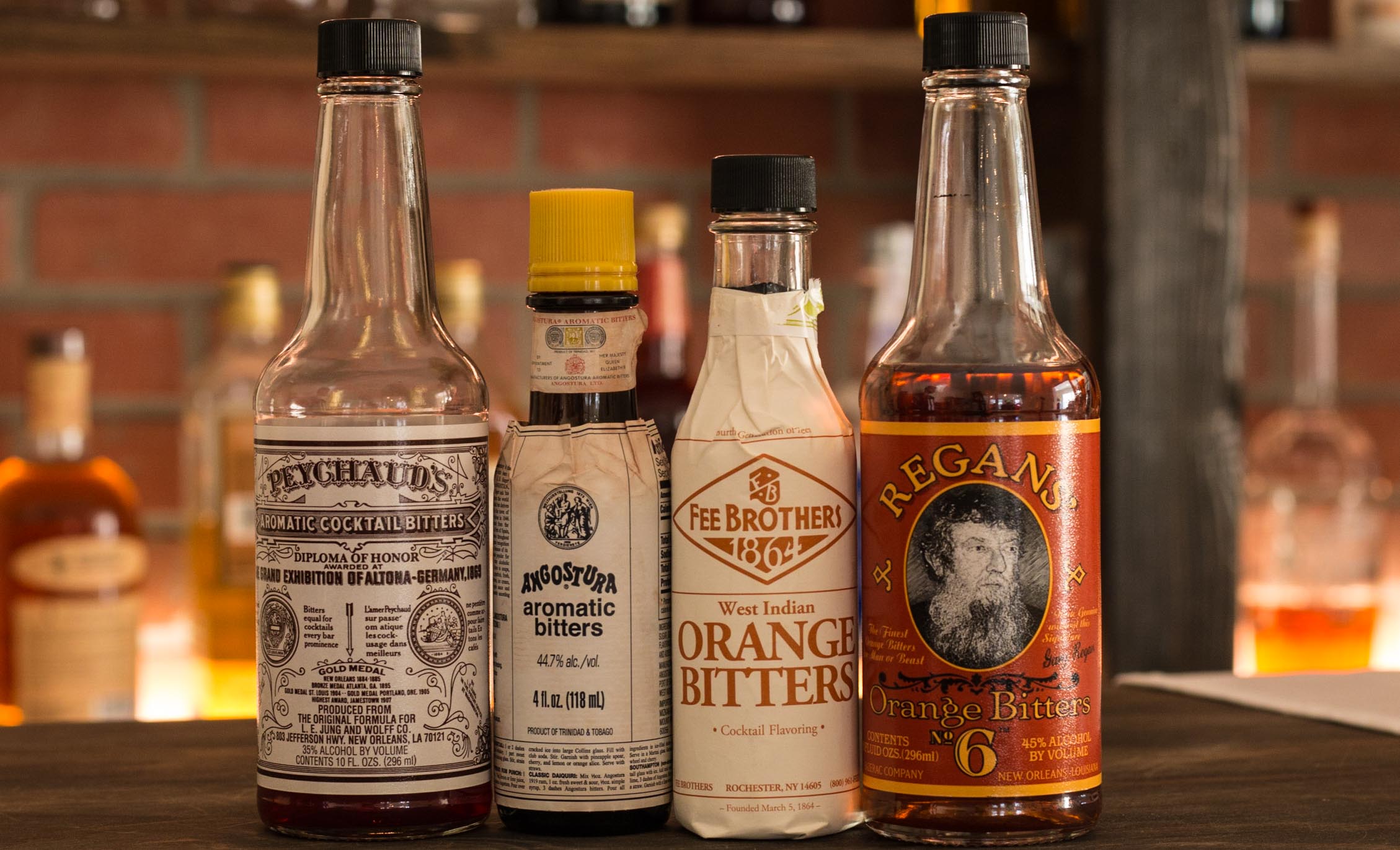Okay, let me get in here real early. If the title has you thinking one way that is inappropriate for a
culinary column, and not pushing the right buttons for picking up a few pieces of information
about pleasing your palate, you can stop reading right here and spin over to sites that are no
strangers to the digital domain.
Let’s discuss how easy it is to fall into a rut about food and drink ingredients and not allowing
them to share with you all they are capable of delivering. One of my go-to talking points when I
am trying to break down preconceived notions about ingredients is Bitters.
Anyone who has ever made a cocktail is familiar with Bitters. A small amount of this product is
usually added to a sizeable percentage of cocktail recipes. The small amount is measured in
mere drops of the liquid. Bitters pack a punch, both in flavor and in product strength.
Bitters are liquid additives composed of various flavors, usually a trade secret known only to the
creator/designer/inventor. Pungent herbs, tree barks, plant roots, various pieces of strong fruit,
(usually the skin), spices, all mixed into a solution of water and alcohol.
Credit the Egyptians with creating bitters as a palate-fooler to assist in the ingestion of
particularly foul-tasting and foul-smelling medications. It was the British who caused the
introduction of bitters s into cocktails as common medicinal practice. When British pubs rose to
prominence as social gathering spots, sometimes the hygiene of the product storage barrels
were not fully considered, so bitters (keep in mind that alcohol is a key component of bitters and
alcohol is an excellent cleaner) were used, again in small quantities, to make a beverage more
interesting, hygienic and palatable.
This was a particularly important consideration as the British Empire expanded to points all over
the globe and shipping goods in dirty or soon to be mildew-infected containers was the norm.
The manufacture of bitters was often done in warm humid places like the islands of the
Caribbean or New Orleans. THIs was done because any aging was likely accelerated by
temperatures and the choice of botanicals was more exotic. Bitters became primarily a desired
flavoring and safety additive to liquids.
The rebirth of creating bitters can largely be traced to the rebirth of the cocktail creating industry
in the late 1980’s. Today bitters creations and design are going in every direction imaginable
with the Old Standards still among the top sellers
Most consumers never plug into their bars and kitchens that the bouquets and palate-pleasing
qualities of bitters can be equally appreciated in culinary preparations. Soups, sauces, baked
goods, stews, gumbo, desserts, and the like can all benefit from a light-touch addition of bitters.
A couple of additional thoughts:
● Beef Bourguignon and other “heavy-meat” combinations are particularly fond of the
addition of bitters;
● If you are doing creations for the whole family, keep in mind that bitters are really
alcoholic. No use putting the kids into an alcoholic influenced condition. Might even be
illegal where you are. There are non-alcoholic bitters on shelves.
● If using the non-alcoholic bitters, these are likely not as strong or pungent. Add a little
more product than you planned and add the bitters earlier in the creation of your
masterpiece.
● In your bitters discovery phase, in the beginning, lean toward the style of bitters with
which you are most familiar from prior use with cocktails, or look for the logical
combinations of ingredients pairing with the dish you are adding bitters to. Bitters that
are denoted as using a lot of fruit in the manufacturing are going to be friendlier to work
with rather than esoteric bitters which can be good when paired with gin but may not be
so successful in a heavy-dairy dish.
● And, for crying out loud, start conservatively. If upon tasting your efforts you feel more
bitters are needed, easy to add. Taking bitters out of a dish is darn-right impossible.
Peychaud’s Bitters, created by a New Orleans pharmacist at his apothecary on Royal Street
somewhere in the 1820’s, is still closely associated with the town of its birth. Today, the bitters
are manufactured primarily in Kentucky but The Sazerac House on Canal Street in New Orleans
still concocts the product for sale at the House.
Expand your use of bitters so while you are serving items that use bitters, you can tell the story
of bitters and accompany the whole happy scene with adult beverages made better with bitters. Sort of like the way this is going, don’t you?


Comments are closed